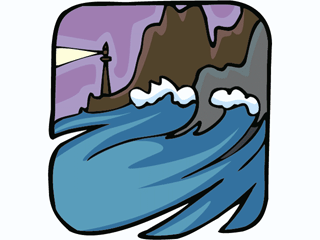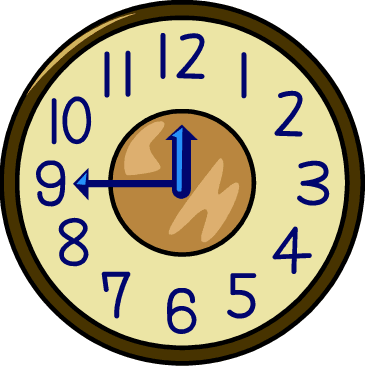ESL at the Beach Listening
It is often difficult to practice English listening, but these ESL at the beach listening tasks on this page will let you have experience of listening to spoken at the beach vocabulary. Once you have mastered the exercises on this page you should hopefully be ready to talk to other English speakers.

There are four listening tasks on this page, and for each of the activities you have a recording that you need to listen to and then answer questions or do some other task. You can listen several times to each recording if you need to. When listening try to also remember how the words are pronounced. If you need help understanding the recordings you can go to the ESL at the beach vocabulary page that has a recording of the beach vocabulary being spoken by a native English speaker, so you can hear what each word should sound like.
The four ESL at the beach listening tasks on this page are as follows:
- Identify spoken word order.
- Identify spoken definition.
- Listening comprehension.
- Dictation passage.
ESL At the Beach Listening Exercises
Exercise 1 – Identification of Spoken Word Order
In this ESL at the beach listening exercise you need to listen to the following recording and then decide which group of words (A-D) in each question is in the same order as those spoken in the recording. There is a get score button to click at the end of the questions so you can see how many you got correct.
ESL at the Beach Identification of Spoken Word Order
Listen to the recording of the five groups of five words each given above and decide which option (A-D) in the five questions in this test has the correct order.

Exercise 2 – Identification of Spoken Definition
For this ESL at the beach listening activity you again need to listen to the recording, but this time you need to decide which word (A-D) in each of the questions matches the definition that is spoken in the recording. Again you can use the get score button to see the correct answers and how many you got correct.
ESL at the Beach Listening Identification of Vocabulary Meaning
Listen to the recording of the meanings of the five vocabulary words given above and decide which word out of the options (A-D) in each question matches the meaning.
Exercise 3 – Listening Comprehension
In the next ESL at the beach listening exercise you need to listen to the following recording of a passage and then answer the questions about it. Then there is the get score button so you can see how you did.
At the end of this page you will find a link that you can click to show the full text of the passage so you can look at it and check your understanding of the spoken passage.
ESL at the Beach Listening Comprehension
Listen to the recording of the passage about at the beach above and answer the following five questions.
Exercise 4 – Dictation
In the last ESL at the beach exercise you need to listen to the spoken passage in the following recording and then write it down exactly as it is in the recording. In the recording the passage is first spoken at a slow speaking speed and then again with pauses after every few words and the punctuation included.
There is also a link at the end of the page that you can click to show the text of this passage so you can check to see how well you did when writing it down for the dictation.
Show Passage »
Dictation Passage
Show Passage »
Other Pages about at the Beach that You Might
Like
ESL at the Beach Conversations
ESL at the Beach Reading
ESL at the Beach Vocabulary
ESL at the Beach Writing
ESL 4u home › Listening › At the beach


|
|



New! Comments
Have your say about what you just read! Leave me a comment in the box below.